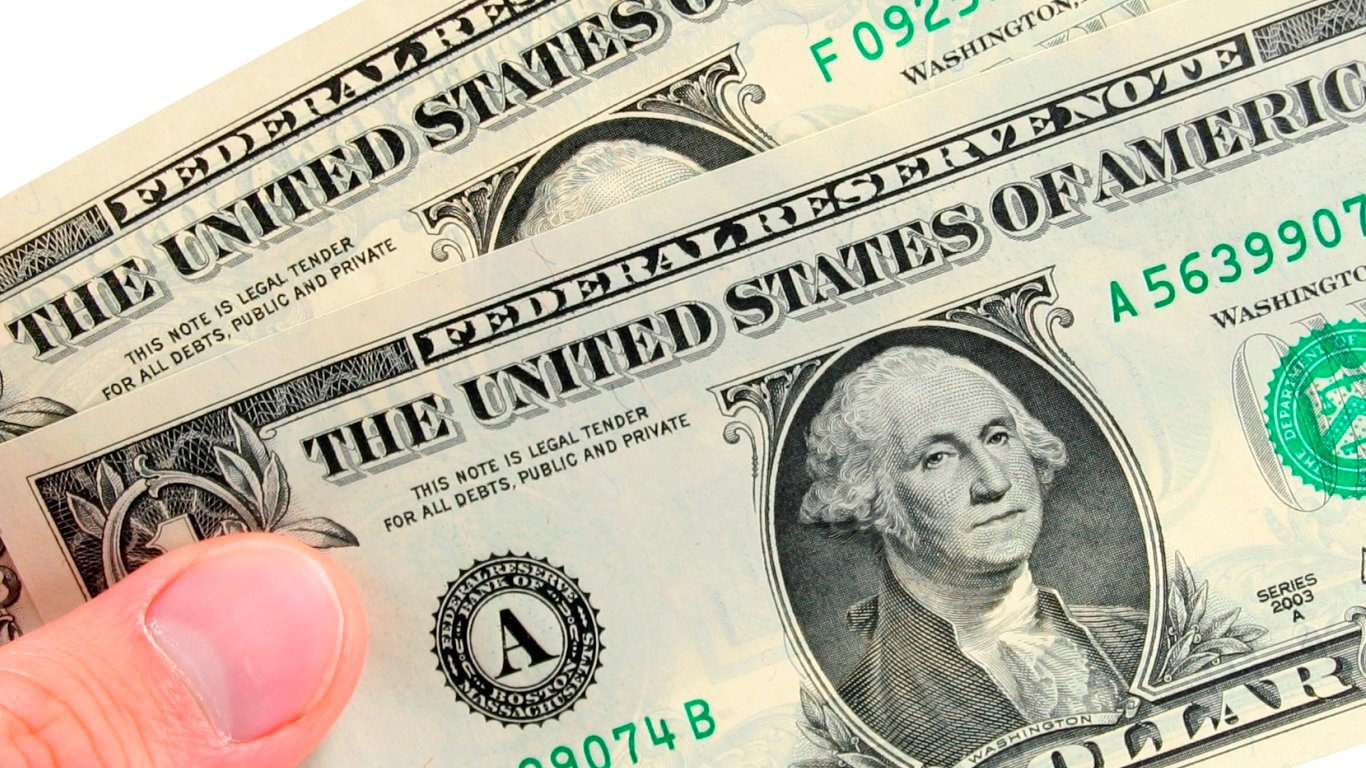
The summer of 2019 is starting to look like the summer of 2016. That year, gasoline prices started below $2 a gallon in winter. They rallied slightly into the summer but hugged the $2 line for most of the next nine months. U.S. gas prices dropped 13 cents this month, compared to July, and the pressure on the price is sharply downward, according to the AAA.
Gas prices are already below $2 a gallon in parts of these southern states: Louisiana, Mississippi and Alabama. They are close to the oil supplies from the Gulf of Mexico and the huge refineries near the Texas coast. In some areas in this region, prices have plunged since April. Those states also have among the lowest gasoline taxes in the country. Here are the states with the highest and lowest gas taxes.
Nationwide, the price of a gallon of regular is just above $2.60, but several forces will continue to drive it down, probably for the rest of the year. Domestic gasoline supplies are abundant. Refineries are humming after periods when they were partially shuttered for maintenance and upgrades. The end of the summer travel season, a period of annual peak demand, ends in a month. Most importantly, oil supplies are abundant.
The abundance of crude is a perfect storm for high supply. Supply from fracking in the northern Plains states and central Canada continues to be at or near an all-time high. There are threats to shipping in the Strait of Hormuz, through which a quarter of the world’s oil consumption moves. Several tankers have been seized there. Iran is one of the biggest oil producers on Earth, and these are the 15 countries that control the world’s oil.
However, the greatest downward pressure on oil prices is a slowdown in growth of some of the world’s largest economies. The German economy, the world’s fourth largest, shrank last quarter. The U.K. economy shrank during the same period. The economies of Brazil, Italy and Mexico have flattened. Argentina’s economy has started to dissolve into chaos.
Most importantly, China, the world’s second-largest economy, posted manufacturing expansion that hit its slowest rate in nearly three decades in the second quarter, compared to the same period in 2018. Many economists expect that the trade war with the United States will slow China’s gross domestic product (GDP) growth further. By most measures, China is the world’s largest consumer of oil. The United States has slipped to second. However, the United States now produces more oil than it uses.
The body of opinion about the world’s economy is that many countries are tipping toward recession. Even if that does not happen, both the International Monetary Fund and the World Bank expect much of the GDP growth by nations will falter. Even so, the wealthiest nations in the world will still remain so. These are the richest countries in the world.
Several factors affect gas prices. However, oil continues to be the primary one. With pressure on, gas prices will continue to drop, likely rapidly. Get ready for $2 gas by autumn, at least throughout much of the country.
Thank you for reading! Have some feedback for us?
Contact the 24/7 Wall St. editorial team.
 24/7 Wall St.
24/7 Wall St.

